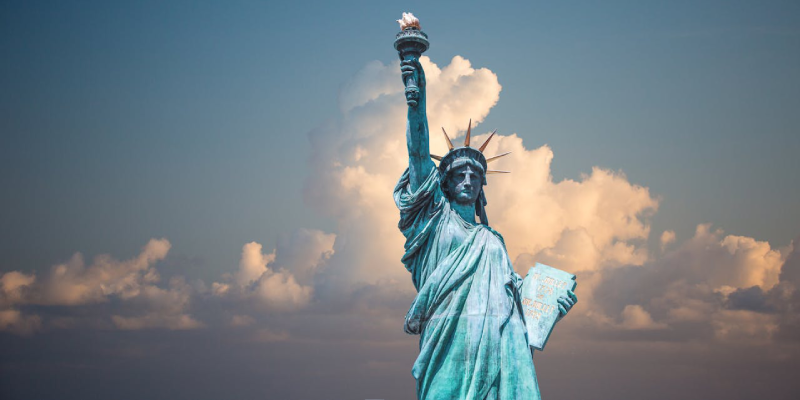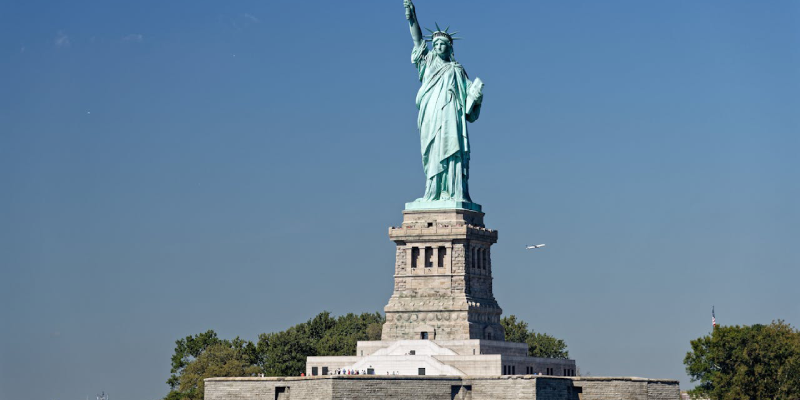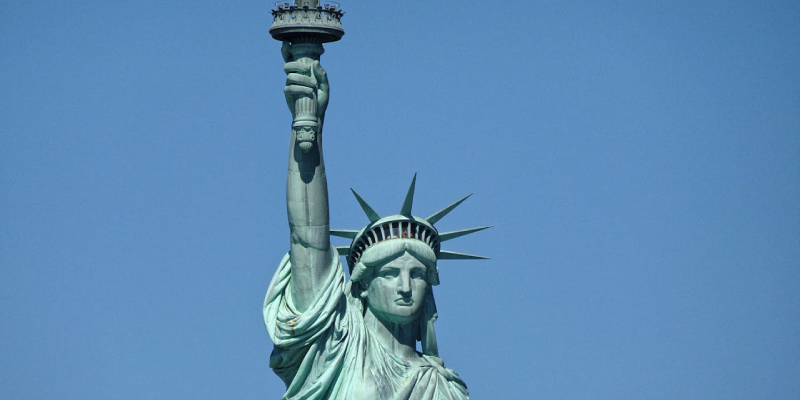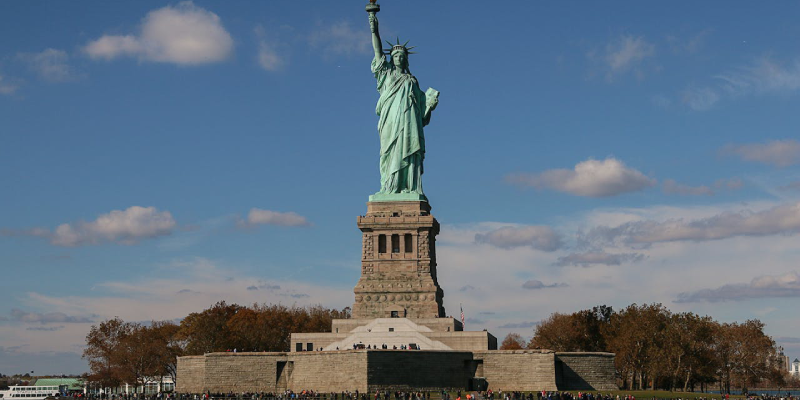Statue of Liberty: New York's Iconic Beacon of Freedom and Hope
The Statue of Liberty, a colossal neoclassical sculpture officially named "Liberty Enlightening the World," stands proudly on Liberty Island in New York Harbor. This globally recognized icon is a universal symbol of freedom, democracy, and hope, famously welcoming millions of immigrants to the United States and captivating visitors with its majestic presence and profound historical significance. A gift of friendship from the people of France to the people of the United States, Lady Liberty remains one of New York City's most cherished landmarks.
The statue was designed by French sculptor Frédéric Auguste Bartholdi, with its intricate internal iron framework engineered by Gustave Eiffel, the man behind the Eiffel Tower. Dedicated on October 28, 1886, its creation was a joint effort: the French financed the statue, while Americans funded the pedestal and assembly. The Statue of Liberty quickly became more than just a monument; it embodied the ideals of a new nation and the promise of a new life.
Visitors to the Statue of Liberty National Monument can experience this powerful symbol up close via ferries departing from Battery Park in Manhattan and Liberty State Park in New Jersey. Experiences include exploring Liberty Island, admiring the statue's grandeur, visiting the comprehensive Statue of Liberty Museum (opened in 2019), and, with advance reservations, accessing the pedestal or even the crown for panoramic views of New York Harbor and the Manhattan skyline.
- Iconic Torch: Symbolizing enlightenment, the torch lights the way to freedom.
- Tablet of Law: Held in her left hand, inscribed with JULY IV MDCCLXXVI (July 4, 1776), the date of U.S. Independence.
- Crown of Seven Rays: Representing the seven seas and seven continents, radiating liberty worldwide.
- Copper Exterior: The statue's skin is made of hammered copper, which has naturally oxidized to its famous green patina.
- Eiffel's Framework: An internal iron pylon and secondary skeletal structure supports the copper skin, allowing it to move independently.
- Ferry Transportation: Access Liberty Island via official ferry concessioners from Battery Park, NY, or Liberty State Park, NJ.
- Statue of Liberty Museum: Explore exhibits on the statue's history, construction, and legacy, including the original torch.
- Pedestal Access: Offers impressive views from the balcony level; requires a specific ticket type.
- Crown Tickets: Limited availability tickets (book months in advance) allow climbing a spiral staircase to the crown's 25 windows.
- Ellis Island Combination: Most ferry tickets also include a stop at the historic Ellis Island National Museum of Immigration.
- Full Name: Her official name is "Liberty Enlightening the World."
- Height: From base to torch, she stands 305 feet, 1 inch (93 meters) tall.
- Copper Skin Thickness: The copper exterior is only about 3/32 of an inch thick (less than two pennies).
- A Working Lighthouse: Served as a functioning lighthouse from 1886 to 1902.
- Disassembled for Travel: The statue was constructed in France, disassembled into 350 pieces, and shipped to New York in 214 crates.
- Beacon of Hope for Immigrants: Historically welcomed millions of immigrants arriving by sea to the United States.
- Universal Symbol of Liberty: Represents freedom, democracy, and human rights to people worldwide.
- UNESCO World Heritage Site: Recognized for its outstanding universal value as a masterpiece of human creative genius.
- Inspiration for Art and Culture: Featured extensively in literature, film, art, and popular culture.
- Emblem of American Ideals: Represents core American values and aspirations on the international stage.
- National Park Service Stewardship: Meticulously managed and preserved by the U.S. National Park Service.
- Ongoing Conservation: Regular maintenance and expert conservation work protect the copper patina and iron framework.
- Statue of Liberty Museum (Opened 2019): Enhances the visitor experience with immersive exhibits on history and symbolism.
- Sustainable Tourism Practices: Efforts to manage visitor flow and protect the island's environment.
- Educational Programming: Providing resources and tours to educate the public about the Statue's significance.



